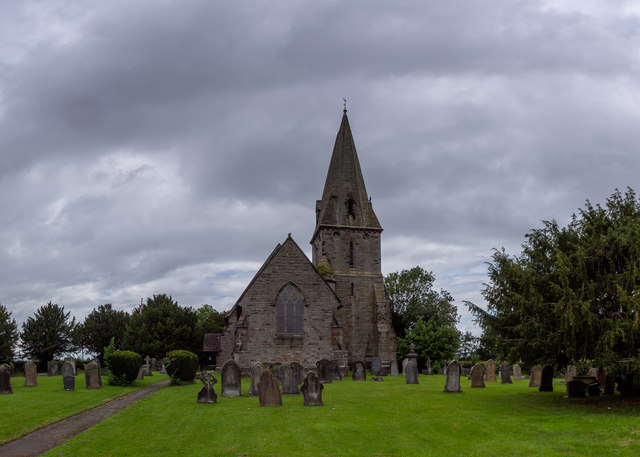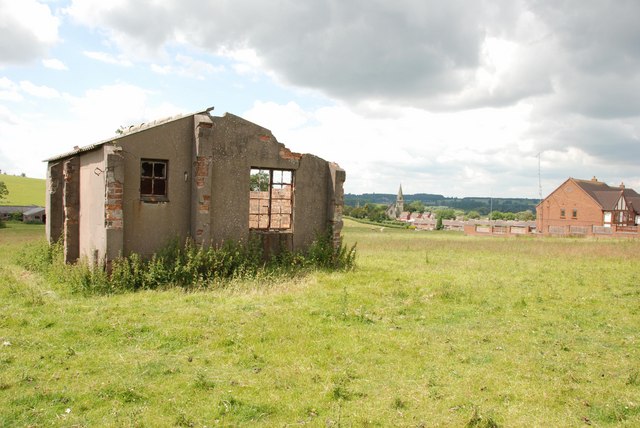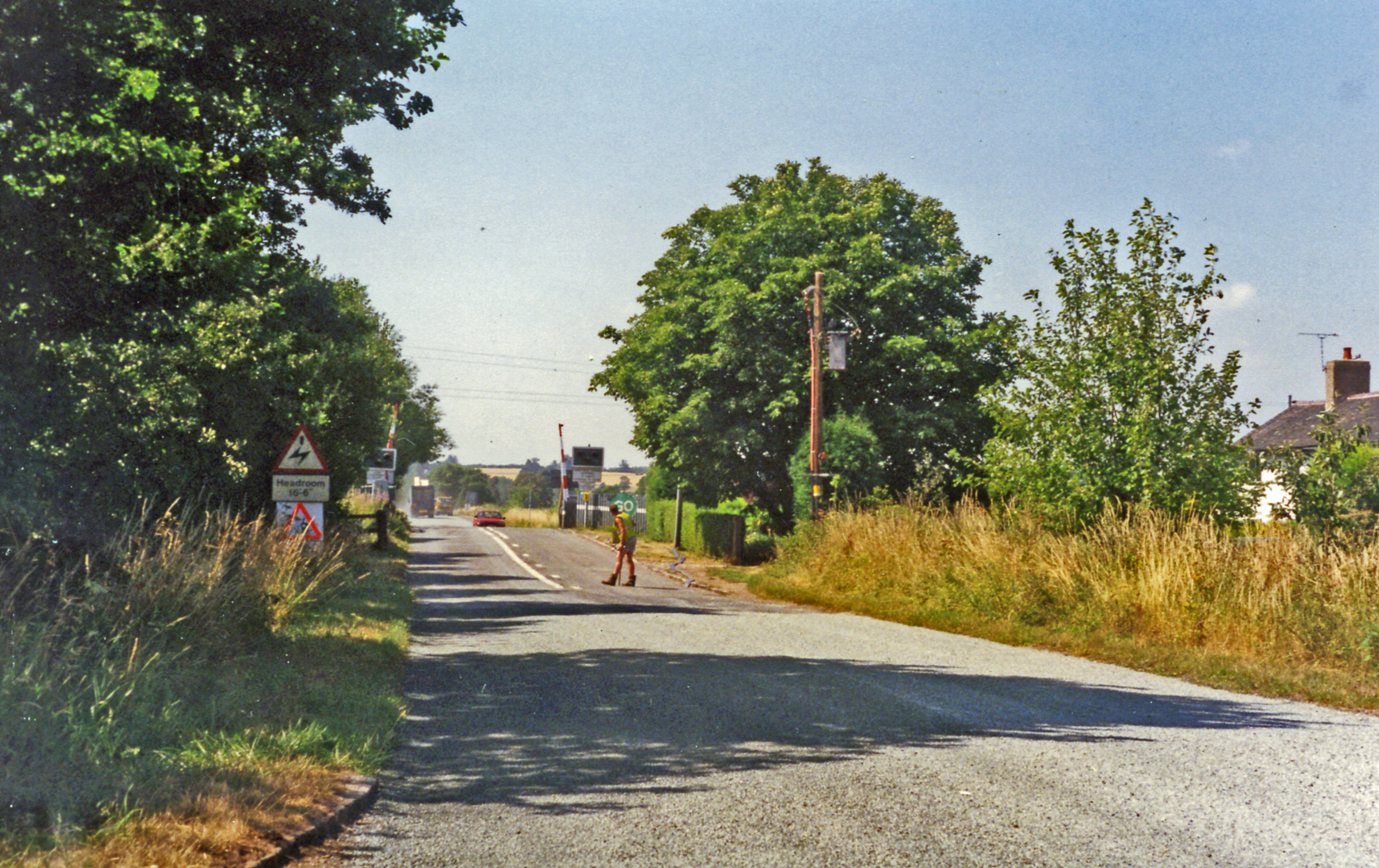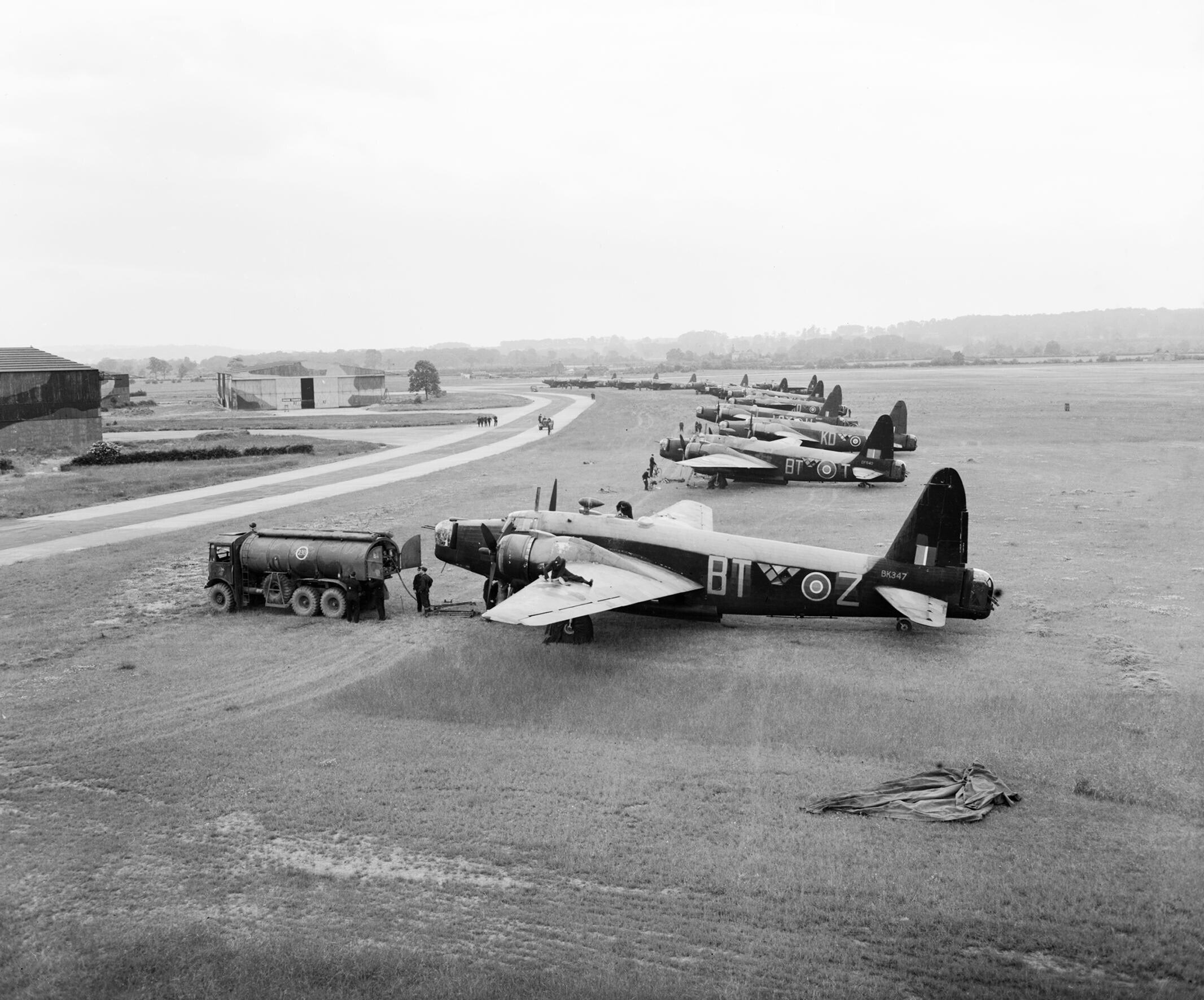Poplar Coppice
Wood, Forest in Staffordshire Stafford
England
Poplar Coppice

Poplar Coppice is a woodland area located in Staffordshire, England. It is known for its dense growth of poplar trees, which give the forest its name. The coppice is situated in a rural area, providing a tranquil and peaceful environment for visitors.
The forest covers an area of approximately 100 acres and is a popular destination for nature lovers and outdoor enthusiasts. The poplar trees, with their tall and slender trunks, create a unique and picturesque landscape. The forest floor is covered with a thick layer of fallen leaves, providing a soft and cushioned ground for visitors to walk on.
Poplar Coppice is home to a variety of wildlife, including birds, squirrels, and deer. Birdwatchers can spot a wide range of species, such as woodpeckers, owls, and thrushes. The forest also provides an ideal habitat for small mammals, such as foxes and badgers.
There are several walking trails throughout the coppice, allowing visitors to explore the forest at their own pace. These trails are well-maintained and signposted, ensuring that visitors can navigate their way through the woodland easily. Additionally, there are picnic areas scattered throughout the forest, providing a perfect spot for a leisurely lunch or a quiet moment to enjoy the surroundings.
Overall, Poplar Coppice is a beautiful woodland area in Staffordshire, offering a peaceful retreat from the hustle and bustle of everyday life. With its stunning poplar trees, diverse wildlife, and well-maintained trails, it is a popular destination for both locals and tourists alike.
If you have any feedback on the listing, please let us know in the comments section below.
Poplar Coppice Images
Images are sourced within 2km of 52.825587/-2.023985 or Grid Reference SJ9825. Thanks to Geograph Open Source API. All images are credited.




Poplar Coppice is located at Grid Ref: SJ9825 (Lat: 52.825587, Lng: -2.023985)
Administrative County: Staffordshire
District: Stafford
Police Authority: Staffordshire
What 3 Words
///kindest.instilled.powder. Near Great Haywood, Staffordshire
Nearby Locations
Related Wikis
Ingestre
Ingestre is a village and civil parish in the Stafford district, in the county of Staffordshire, England. The population of the civil parish taken at the...
Hixon railway station
Hixon railway station is a disused railway station in Staffordshire, England. The railway line between Stone and Colwich was opened by the North Staffordshire...
Hixon rail crash
On 6 January 1968, a low-loader transporter carrying a 120-ton electrical transformer was struck by a British Rail express train on a recently installed...
Ingestre Hall
Ingestre Hall is a Grade II* 17th-century Jacobean mansion situated at Ingestre, near Stafford, Staffordshire, England. Formerly the seat of the Earls...
Ingestre railway station
Ingestre and Weston railway station was a former British railway station to serve the village of Ingestre in Staffordshire.It was opened by the Stafford...
RAF Hixon
Royal Air Force Hixon, or more simply RAF Hixon, was a Royal Air Force station located on the north western edge of the village of Hixon in Staffordshire...
RAF Seighford
Royal Air Force Seighford or more simply RAF Seighford is a former Royal Air Force satellite station located 3.6 miles (5.8 km) northwest of Stafford,...
Hixon, Staffordshire
Hixon is a village and a civil parish in the English county of Staffordshire.grid reference SK003259 == Location == The village is 7.8 miles (12.6 km)...
Nearby Amenities
Located within 500m of 52.825587,-2.023985Have you been to Poplar Coppice?
Leave your review of Poplar Coppice below (or comments, questions and feedback).




















